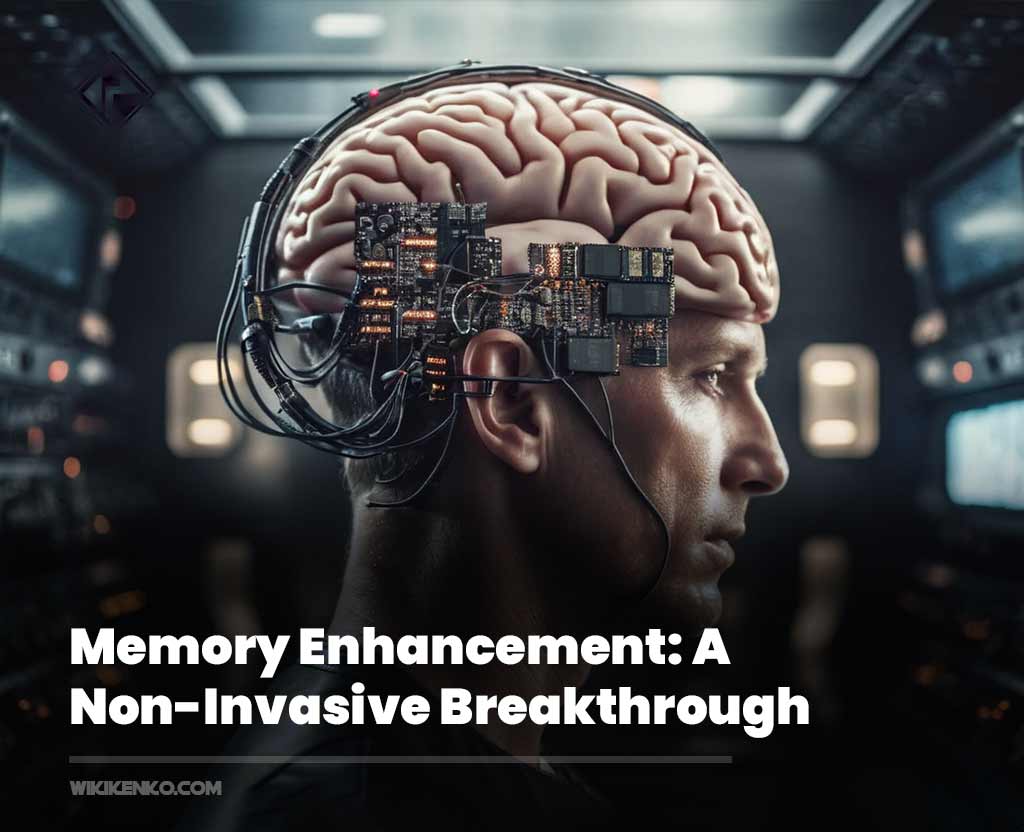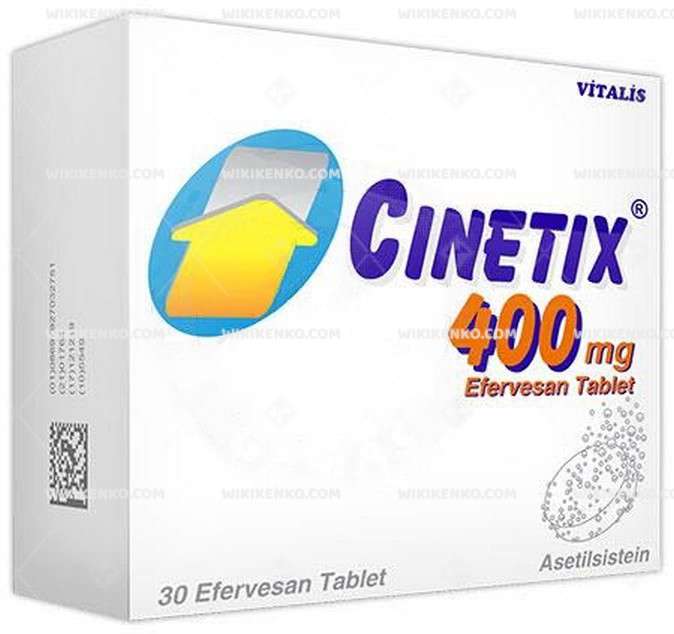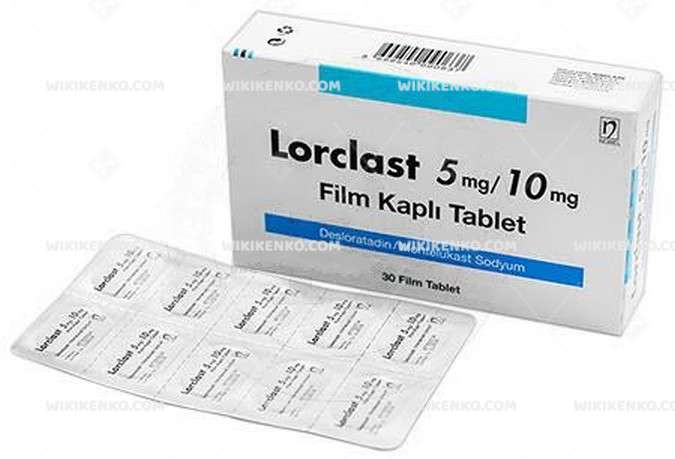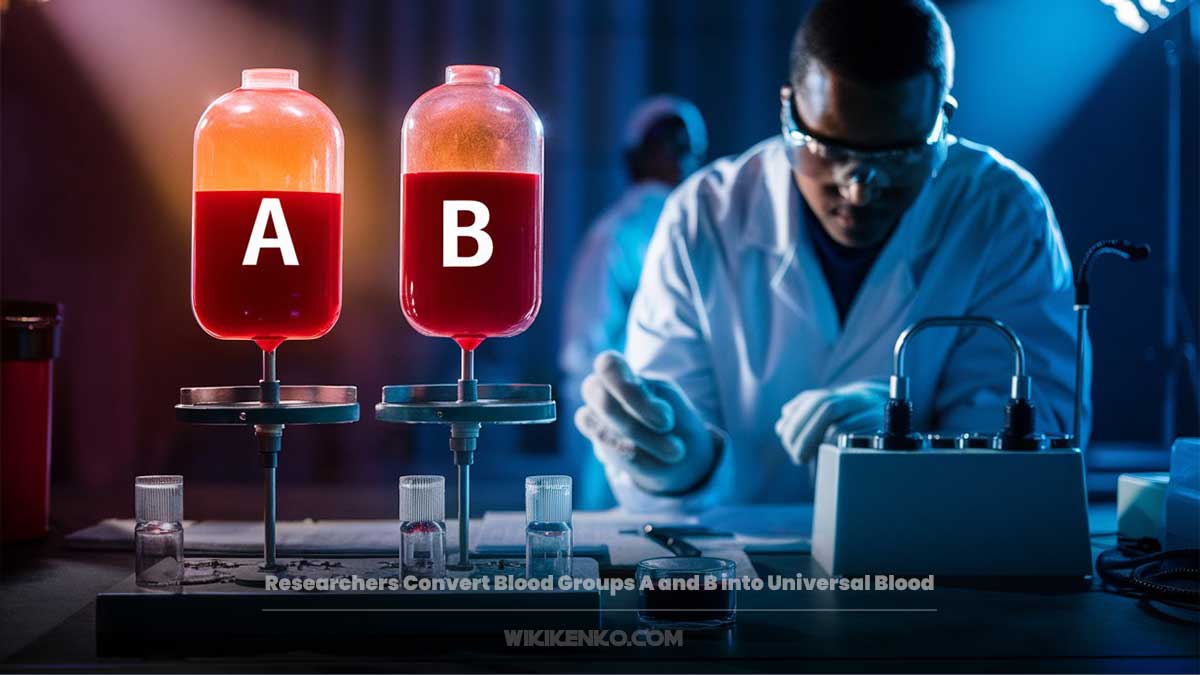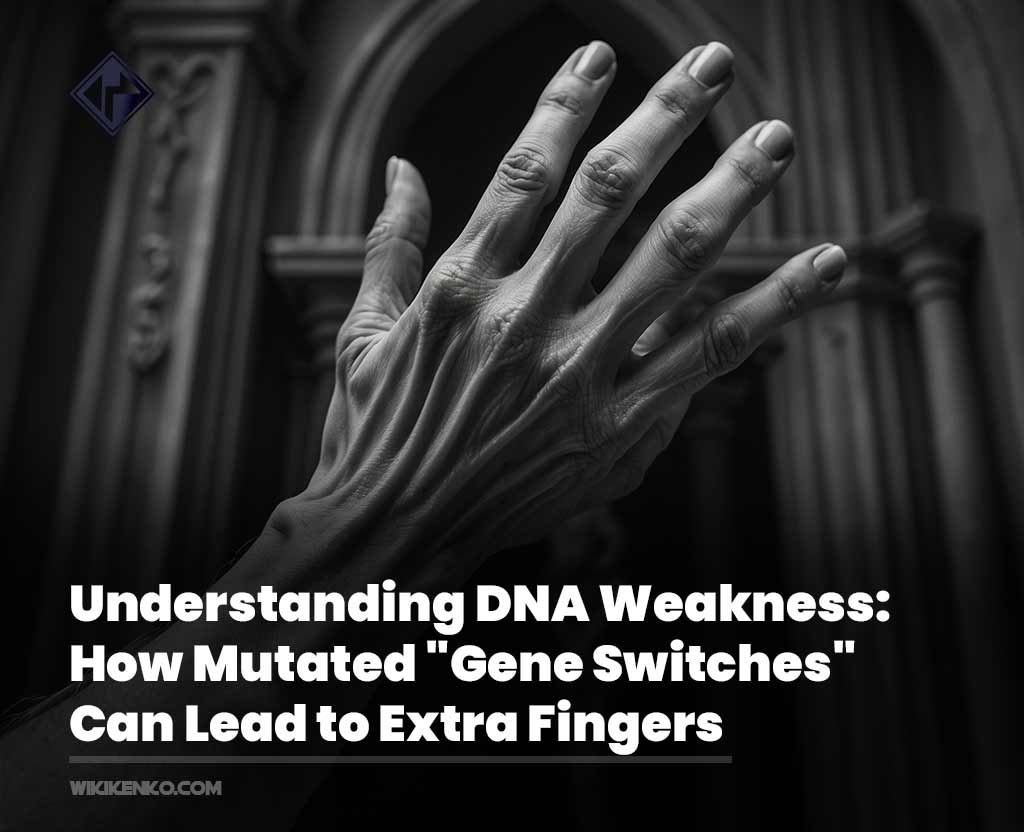Recent scientific advancements have paved the way for a groundbreaking technique that aims to improve memory without the need for invasive surgery. Named “temporal inference,” this innovative method offers a non-surgical alternative to deep brain stimulation, which typically requires the surgical implantation of electrodes in the brain.
This new approach has the potential to revolutionize the treatment of neurological conditions and enhance the cognitive abilities of healthy individuals.
The Challenge of Mental Health
Mental illnesses represent a significant challenge in developed countries, being a leading cause of disability. Over 30% of long-term sick leaves are associated with brain-related disorders, yet the available treatments often yield limited results. Conditions such as Alzheimer’s disease remain particularly elusive to effective treatment.
Medications for depression or schizophrenia work by altering the concentration of molecules like serotonin or dopamine in the brain. However, these drugs take a one-size-fits-all approach, affecting all brain circuits, regardless of the specific condition. Since the 1980s, deep brain stimulation (DBS) has demonstrated its potential to help individuals with neurological disorders for whom no other solutions exist.
By implanting electrodes in precise brain regions, it becomes possible to measure and modulate brain activity in specific circuits. DBS has proven highly successful in cases of Parkinson’s disease and epilepsy, particularly when medications have failed. However, the cost of DBS is substantially higher than that of medications, and the prospect of brain surgery to implant electrodes can be intimidating.
A New Hope: Temporal Inference
A recent study, led by Nir Grossman, a researcher at Imperial College London, has introduced a promising technique aiming to replicate the effects of DBS without requiring invasive procedures. Known as temporal inference, this method eliminates the need to insert electrodes into the brain.
Instead, electrodes are placed on the scalp to generate electric fields capable of influencing specific groups of neurons in relatively precise brain regions. Overcoming a significant challenge in non-invasive brain stimulation, temporal inference ensures that electromagnetic waves do not inadvertently activate nearby neurons or those en route to their target.
This novel approach deploys two high-frequency electric fields in different directions, which remain non-interfering with neurons. When these fields intersect at the desired point, their frequency amplitude decreases, thereby stimulating the chosen brain cells.
Promising Results
To test their hypothesis, Grossman’s team applied temporal inference to 20 healthy volunteers, primarily university students. The experiment focused on stimulating the hippocampus, a brain region crucial for memory. Although the effects were subtle, the young participants demonstrated improved memory. This groundbreaking experiment proves the feasibility of targeting specific neurons without resorting to surgery, while also eliminating potential side effects.
The authors emphasize the potential of this type of stimulation for alleviating symptoms associated with conditions like Alzheimer’s, epilepsy, or schizophrenia. Furthermore, its non-invasive nature opens the door to enhancing the cognitive abilities of healthy individuals.

The Road Ahead
To bring this technique out of the laboratory and into practical applications, precision is a key requirement. According to Grossman, “The approach is not as precise as when you have an electrode inside.” “We cover broader areas within the brain,” he adds. “Moreover, the strength of the electric field we achieve inside the brain is not the same as with electrodes,” he continues.
Implants provide the capability to modify neuron activity in the desired direction, while non-invasive stimulation allows for slight nudges in neuron activity. This distinction does not imply that these structures cannot be influenced; experiments are ongoing to suppress tremors in patients. However, the mechanisms involved are different.
Andrés Lozano, an expert in new therapeutic applications of DBS at the University of Toronto, highlights the potential of such techniques to expand the benefits of surgical stimulation. “Currently, around 250,000 people worldwide have undergone DBS,” he notes, “but [the technique] is underutilized.
It’s estimated that 20% of Parkinson’s patients could benefit from DBS, yet only 2% receive it.” The cost and invasiveness of the procedure deter the remaining 98%, who could potentially benefit from alternatives such as the one presented by the authors in their article published in Nature Neuroscience, or ultrasound stimulation being developed by researchers like Lozano.
Challenges and Future Prospects
In the future, this technique could be used for self-stimulation at home to achieve temporary memory enhancements. However, addressing conditions like Parkinson’s tremors requires continuous stimulation, as discontinuation leads to the return of symptoms. This presents a challenge for making it a practical solution for medical problems.
Additionally, patients may experience itching sensations during stimulation, which could affect its broader adoption.
Conclusion
Temporal inference offers a non-invasive approach to enhance memory and potentially treat neurological conditions, without the need for surgical procedures. While it holds immense promise, further research is needed to enhance precision and tackle practical challenges.
This breakthrough not only has therapeutic potential but also opens up exciting possibilities for understanding memory formation and learning processes when combined with imaging techniques.
Original source: This information was Initially covered by Elpais.com and has been translated for our readers.
